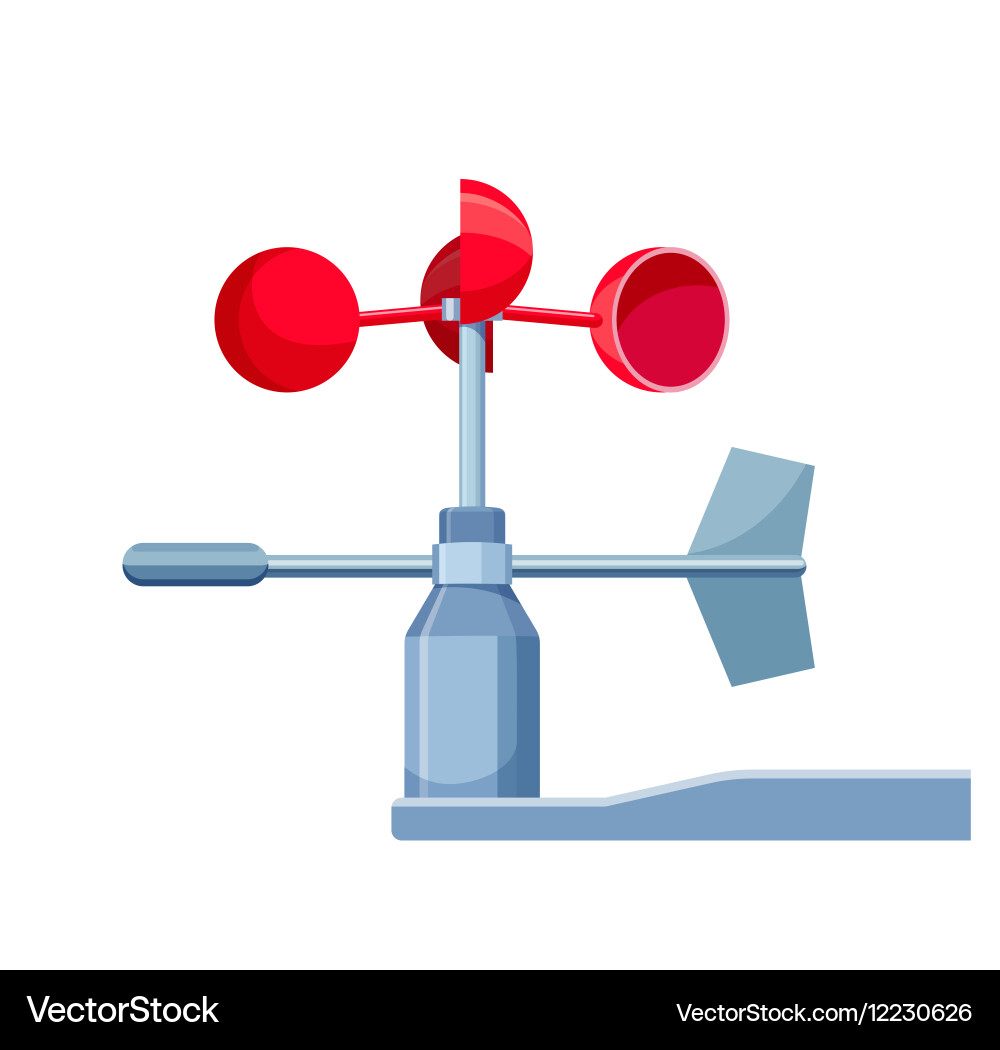The Role of an Anemometer in Improving Security for Outdoor Activities
Wiki Article
Exploring the Functions and Advantages of Anemometers for Weather Condition Enthusiasts and Professionals
Anemometers stand as instrumental tools in the realm of weather monitoring, providing to both fanatics and seasoned specialists alike. These devices use a home window right into the vibrant world of wind patterns and rates, giving indispensable data for atmospheric analysis and projecting. From cup anemometers to sonic anemometers, each kind brings its special collection of applications and advantages, clarifying various elements of climatic conditions. As we explore the functions and advantages of anemometers, a deeper understanding emerges not just of prevailing weather condition sensations however also of the broader ramifications for fields like wind energy manufacturing and ecological research study.Value of Anemometers in Weather Surveillance
Anemometers play a crucial role in weather condition tracking by supplying accurate measurements of wind rate, helping in forecasting and understanding weather condition patterns. These instruments, varying from standard mug anemometers to modern-day ultrasonic anemometers, are important for meteorologists, researchers, and weather enthusiasts alike.
Kinds of Anemometers and Their Applications
The most typical kinds of anemometers consist of cup anemometers, vane anemometers, hot-wire anemometers, and ultrasonic anemometers. Cup anemometers consist of three or 4 cups mounted on straight arms that turn with the wind, gauging its rate. Vane anemometers, on the other hand, make use of a freely turning vane to align with the wind instructions, offering both wind rate and direction measurements.Each type of anemometer has its unique advantages and applications. Mug anemometers are durable and suitable for basic weather condition tracking, while vane anemometers are preferred for directional measurements. Hot-wire anemometers are sensitive to reduced air velocities, making them suitable for indoor environments. Ultrasonic anemometers are non-intrusive and provide high accuracy, commonly used in study and specialized weather surveillance applications. Comprehending the characteristics and applications of each sort of anemometer is vital for picking the most suitable instrument for details weather keeping an eye on needs.
Benefits of Using Anemometers in Forecasting
In meteorology, the utilization of anemometers supplies very useful advantages for boosting the accuracy of climate projecting. Anemometers determine wind speed and direction, supplying important data for forecasting weather patterns. By incorporating wind data right into projecting versions, meteorologists can much better comprehend the movement of weather systems, expect changes in climatic conditions, and problem extra specific forecasts.
Furthermore, anemometers play an important role in analyzing prospective climate risks. Checking wind speeds assists forecasters anticipate severe weather events such as typhoons, twisters, and winter season tornados with higher accuracy. This very early caution system enables authorities to check that provide prompt informs and execute needed safety and security measures, lowering the risks to life and building.
In addition, anemometers assist in optimizing renewable resource production. By analyzing wind patterns, meteorologists can determine ideal locations for wind farms and predict power result, contributing to the efficient generation of wind power.

Anemometers in Wind Energy Production
Provided the critical role anemometers play in offering precise wind data for climate projecting and danger assessment, their importance encompasses the realm of wind power production. Anemometers are important tools in the field of wind energy, where the dimension of wind speed and instructions is crucial for determining the expediency and efficiency of wind generator installments. By properly determining wind rates at varying heights, anemometers help maximize the positioning and design of wind generators to take full advantage of energy output.In wind ranches, anemometers are tactically placed to check my blog accumulate real-time wind data that is used to examine the potential power manufacturing of a website. This information contributes in identifying the economic viability of wind energy tasks and in projecting energy generation to guarantee grid security. Furthermore, anemometers aid in monitoring wind problems to enhance turbine efficiency, stop damages from high winds, and make certain the safety of personnel working in the area of wind turbines.
Enhancing Weather Condition Understanding With Anemometers

Anemometers play a vital duty in improving our understanding of microclimates. These local weather can differ considerably from more comprehensive local projections, making it essential to have precise information for particular locations. anemometer. By strategically positioning anemometers in numerous areas, researchers can gather in-depth information on how great post to read wind acts in various surfaces, metropolitan settings, or bodies of water
Moreover, anemometers add to improving weather projecting versions by providing real-time data on wind behavior. This info is particularly valuable for forecasting severe climate events, enhancing agricultural practices, and supporting sectors like air travel and maritime navigation. Overall, anemometers are indispensable tools that allow us to dig much deeper right into the complexities of weather systems, ultimately resulting in more better-informed choices and accurate predictions.
Conclusion
In verdict, anemometers play a critical duty in climate surveillance and forecasting by gauging wind speed and direction. Anemometers likewise have applications in wind power manufacturing, additional highlighting their value in both weather forecasting and sustainable power markets.From cup anemometers to sonic anemometers, each type brings its one-of-a-kind set of applications and advantages, shedding light on different facets of atmospheric conditions. These instruments, ranging from typical mug anemometers to modern-day ultrasonic anemometers, are crucial for meteorologists, researchers, and weather condition fanatics alike. The most common types of anemometers consist of mug anemometers, vane anemometers, hot-wire anemometers, and ultrasonic anemometers. Cup anemometers are ideal and robust for basic weather tracking, while vane anemometers are preferred for directional measurements. Anemometers are important instruments in the field of wind power, where the measurement of wind speed and instructions is vital for figuring out the feasibility and performance of wind generator installations.
Report this wiki page